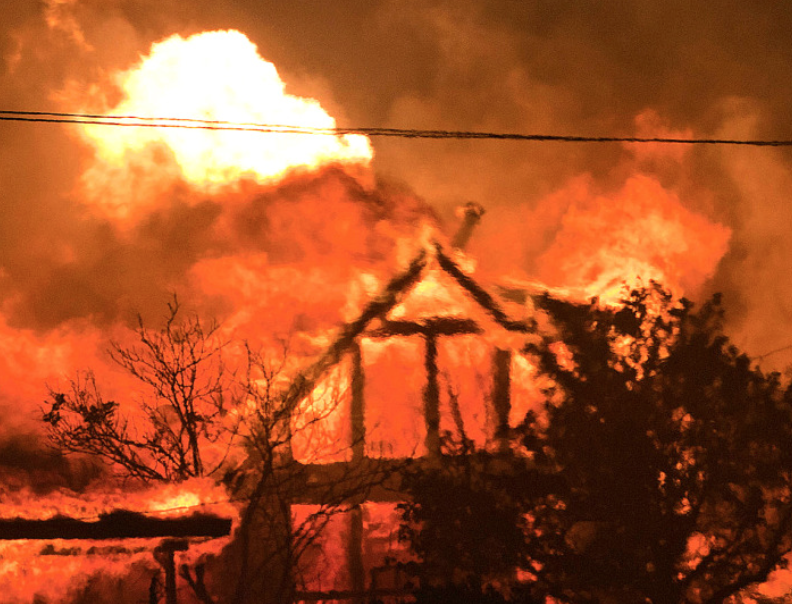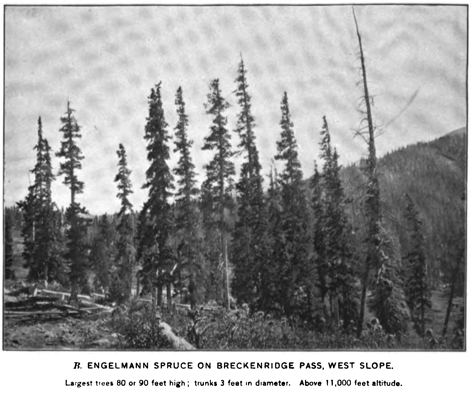Predictive Services of the National Interagency Fire Center (NIFC) has released its significant wildland fire potential forecast for the period January through April 2014.
Highlights for the Rocky Mountain Area are: “Normal significant wildland fire potential is expected for January through April which indicates the Area is out of its typical fire season.”
According to the forecast, long term drought is still evident across a large portion of the Rocky Mountain Area. Aside from a persistent severe to extreme drought over southeastern Colorado into western Kansas and southwestern Nebraska, gradual improvement has been the overall trend across the Area. Average precipitation was normal to below normal across most of the Area December except above normal over much of Wyoming and southwestern South Dakota. Temperatures were below seasonal averages. For the 30 to 90 day outlook period precipitation is forecast to be near to below average across the Rocky Mountain Area, with temperatures near to below average. Higher elevation fuels this time of year are typically snow covered. Otherwise, lower elevation grasslands across the eastern Plains are cured and snow covered at times. On average for this time little or no fire activity occurs. Any fire occurrences are typically short duration and wind driven in the lower elevations, mainly over the far eastern Plains.
The National Significant Wildland Fire Potential Outlook for January-April is available at: http://www.
No Cause for Complacency
The release of this forecast calling for “Normal significant wildland fire potential” for Colorado and the rest of the Rocky Mountain Area is certainly no cause for complacency, as it is “normal” for Colorado to have large wildland fires as early as January. In fact, three times in the past 12 years the first large fire (fire involving 100+ acres or more) of the year occurred in January, and only twice did the first large fire of the year occur after April.
|
First Large Wildfire of the Year
|
||||||
|
Year
|
Incident Name
|
Start Date
|
Size
|
Structures
|
County
|
Cause
|
|
2002
|
Bent’s Old Fort/Old Trail
|
3/23/2002
|
500
|
1
|
Otero
|
Human
|
|
2003
|
Fitch Hill
|
3/30/2003
|
203
|
El Paso
|
Human
|
|
|
2004
|
Picnic Rock
|
3/30/2004
|
8,908
|
2
|
Larimer
|
Human
|
|
2005
|
Pattridge Park
|
1/18/2005
|
300
|
Jefferson
|
Human
|
|
|
2006
|
Mauricio Canyon
|
1/6/2006
|
3,825
|
15
|
Huerfano
|
Human
|
|
2007
|
Medano Ranch
|
6/6/2007
|
307
|
Alamosa
|
Human
|
|
|
2008
|
Snakeweed
|
4/14/2008
|
1,272
|
Las Animas
|
Human
|
|
|
2009
|
Olde Stage Fire
|
1/7/2009
|
3,008
|
3
|
Boulder
|
Other *
|
|
2010
|
Beaver
|
5/22/2010
|
2,641
|
San Miguel
|
Human
|
|
|
2011
|
Sand Creek
|
2/13/2011
|
820
|
Weld
|
Unknown
|
|
|
2012
|
Lower North Fork
|
3/26/2012
|
4,140
|
27
|
Jefferson
|
Human
|
|
2013
|
Galena
|
3/15/2013
|
1,348
|
0
|
Larimer
|
Human
|
DFPC will continue to work with its local, state and federal partners to prepare for the 2014 wildfire season with the knowledge that the first large fire of the year can occur at any time.
The next National Significant Wildland Fire Potential Outlook will be issued on February 1, 2014.








